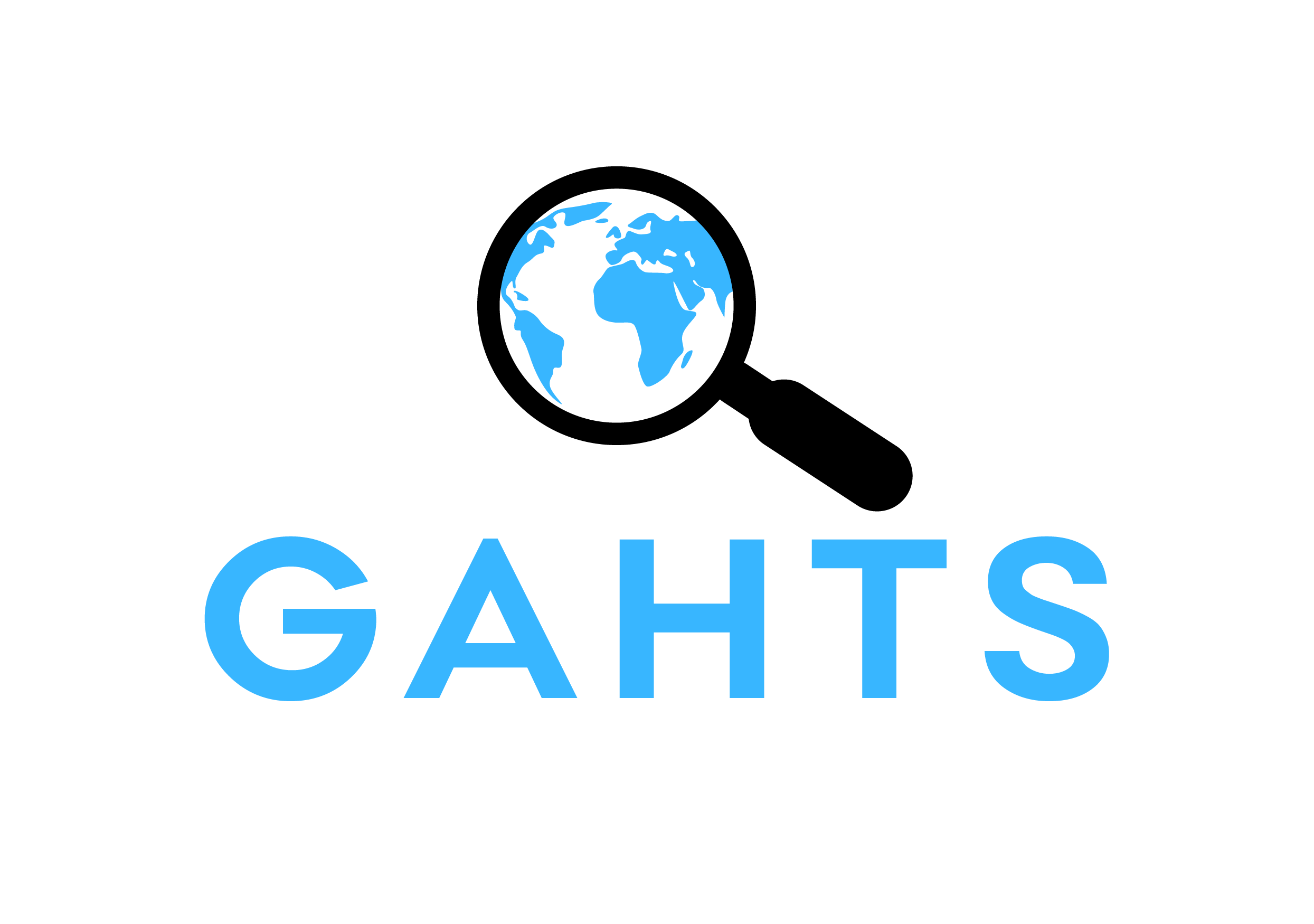Health care among sex-trafficked women and girls in India
Author: Karandikar, Sharvari; Gezinski, Lindsay & Kaloga, Marissa
Abstract: Kamathipura, located in Mumbai, India, is considered to be Asia's largest red-light area. The majority of sex workers in Kamathipura were trafficed as minors from other states in India and neighboring countries such as Nepal and Bangladesh. This chapter explores the health histories of 15 sex workers who were trafficed into Kamathipura. The specific research objectives were to: a) explore sex workers' process of entry (i.e., trafficing) into Kamathipura; b) explore sex workers' health problems; and c) study the disparities in access to health care as a result of trafficed status among women in Kamathipura. The data was collected using in-depth interviewing techniques and analysis consisted of reading the data line-by-line, identifying themes and coding categories to uncover relationships between themes and categories. Since their entry into sex work, participants reported suffering various physical and mental health-based problems such as seasonal illnesses, tuberculosis (TB), HIV/AIDS, alcohol dependence and mild to severe mental illnesses. Trafficing, seclusion from society and the threat of physical violence hindered participants' access to health-care. The majority of the participants stated that they saw the doctor for the first time when they were either pregnant or extremely sick. For minor illnesses and injuries, they took medicines that were given to them by their pimps or brothel owners. This chapter highlights vulnerable health conditions of trafficked victims and addresses gaps in social support for sex workers in India, including the insufficiency of current health care and social work interventions.
Keywords: human trafficking, sex trafficking, sex workers, India, health care
